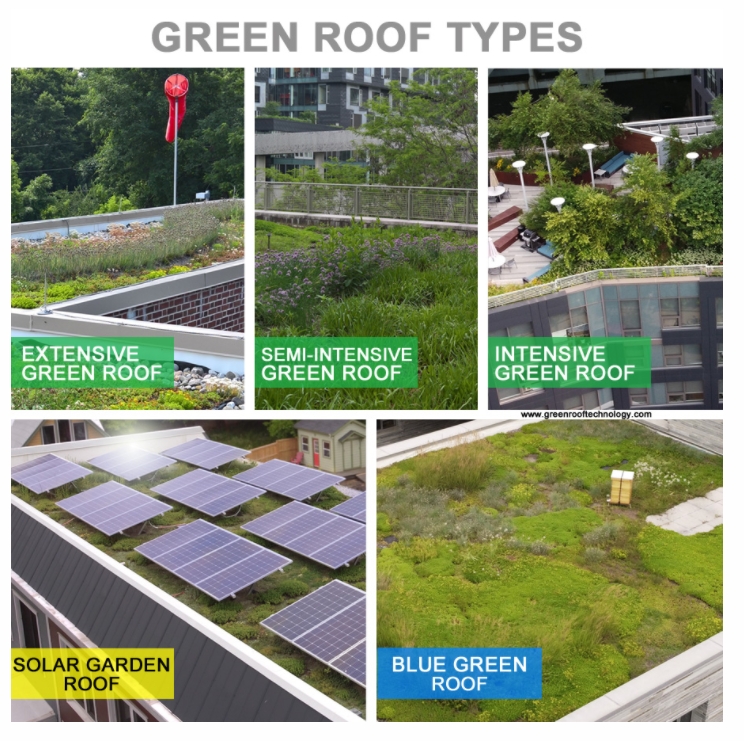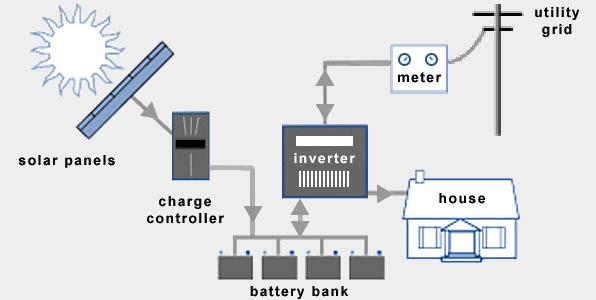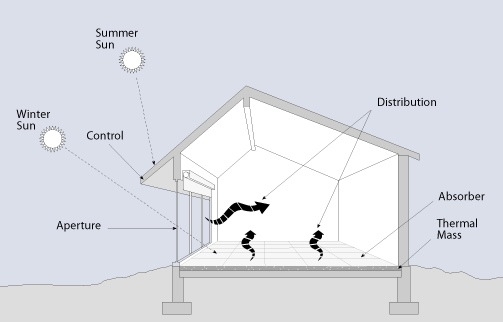
Sustainable Building Models
Many organizations have started to adopt sustainability and green building methods. New advancements in materials, technology, and implementation are supporting companies to increase efficiency with environmentally friendly methods in the construction industry. Here, we will explain the methods used and in development for sustainable building models.
IoT Integrated Building Systems
It is one of the building blocks of the smart home concept. With the automation of data processing through artificial intelligence, the self-sustaining nature of the system will become even more efficient. It will be easier to eliminate the human factor and create an organization by connecting devices (home appliances, ventilation, lighting, wastewater, etc.) within the system. The IoT system provides facility managers with access to data, “which can be thought of as homeowners, building or site managers, or even as a single entity with the smart city concept”. Sustainable practices can be developed by creating a digital building system with the help of small sensors. For example, IoT sensors can process information on temperature, CO2 levels, and weather conditions in real-time and adjust the lighting and necessary ventilation systems inside the building. From this point on, the facility manager does not need to manually adjust or deal with data input. Instead of managing the system’s important operations, it becomes more flexible by controlling the process.
Synthetic Waterproofing Membrane
The commonly used asphalt-based roof covering material for a clay tile roof is prone to rapid wear and tear. A new roof covering must be laid to prevent water from entering the structure. In terms of sustainability, this product is produced with polymer-based materials and recycled waste. The synthetic insulation covering is more durable and lightweight compared to an asphalt-based covering. This material also eliminates “VOCs” volatile organic compounds.
Green Roofs
Another innovative application is the green roof, which allows nature to meet buildings by growing grass, plants, flowers, or trees on the roof insulation cover. As urbanization accelerates, green spaces are disappearing faster. The use of rainwater in a sustainable manner through green roofs can be made possible. Collecting rainwater on the roof instead of rainwater channels and integrating a roof-based plant growing system with the building’s treatment system for use in homes is highly innovative. Green roofs not only reduce heating and cooling costs, but also improve air quality. It is particularly important for large cities with densely populated areas, where air quality is extremely poor.
Hybrid Grid System
Renewable energy sources provide a sustainable way for organizations to supply electricity to their commercial properties, but most grid systems lack storage to power facilities during times when solar energy is low. A hybrid system stores excess energy and enables renewable sources to operate during nighttime, cloudy days, and other unfavorable conditions.
Passive Sun
Another way to utilize sustainable solar energy source is to construct the building based on the passive solar concept. By applying the methods of this concept, adjusting the building’s location and design, it maximizes the use of solar energy for heating during the winter months while reducing its impact during the warmer months. If your building’s windows are located on the south facing façade and utilized effectively, they have the potential to receive the sun’s heat (thermal energy) all day long.
Passive Solar Energy Design typically operates based on the following principles:
- The seasonal paths of the sun are different, in winter it follows a path closer to the horizon, while in summer its path rises higher.
- If windows are placed on the southern facade, the building’s potential to absorb and store solar energy will increase in winter.
- The utilization of thermal mass in the walls and flooring of the building, combined with the gradual and even release of heat absorbed from the sun in the afternoon and evenings, will be beneficial in balancing the temperature of the home. (https://greenpassivesolar.com/passive-solar/building-characteristics/thermal-mass/)
- Adding overhangs to windows can reduce the impact of the sun in the summer months. With the sun moving on a high trajectory during the summer, shading the house from direct sun exposure with these overhangs is practical in preventing excessive overheating of the environment.
- In addition, by implementing good building insulation, a sustainable system can be established where the heat will remain high in winter and low in summer.
Gray Water System
Gray water system refers to the wastewater collected from sources such as the bathroom, sink, bathtub, washing machine, etc. It is important that septic waste does not mix with gray water. This water can contain a mixture of dirt, food, oil, hair, and household cleaning products, which may appear unsanitary but can be useful for watering gardens and is considered safe. In many areas, gray water is discharged into fresh water sources such as rivers and lakes, causing pollution. However, using gray water as fertilizer in gardens can be beneficial. Installing a gray water system is an important aspect of environmental awareness and another alternative is to easily recycle it for home use.
Please find below the conditions to be considered when using grey water:
- Storing for more than 24 hours is not appropriate.
- Contact with live organisms should be avoided as much as possible.
- It should be ensured that it mixes with the soil through proper plumbing, but accumulation should be prevented.
- Keep your system as simple as possible, avoid pumps and maintenance-intensive filters. This way, a more long-lasting, cost-effective, and low-maintenance model can be achieved.
- With the help of a three-way valve, you can easily connect grey water, clean water, and the sewer system.
- Adjust the amount of grey water based on how much your plants require, taking care to monitor their needs.






